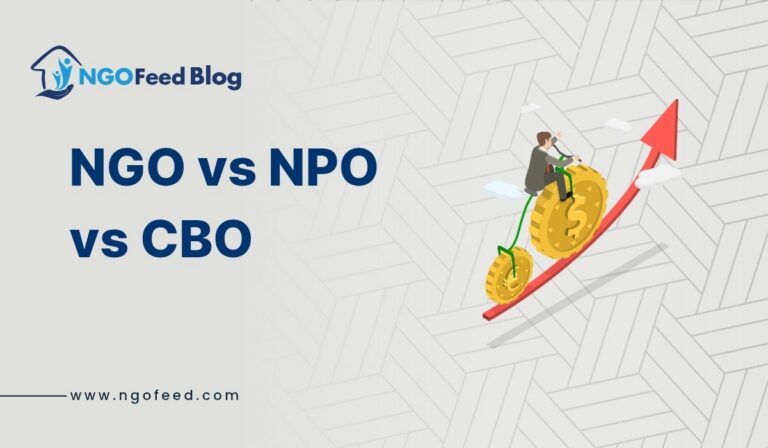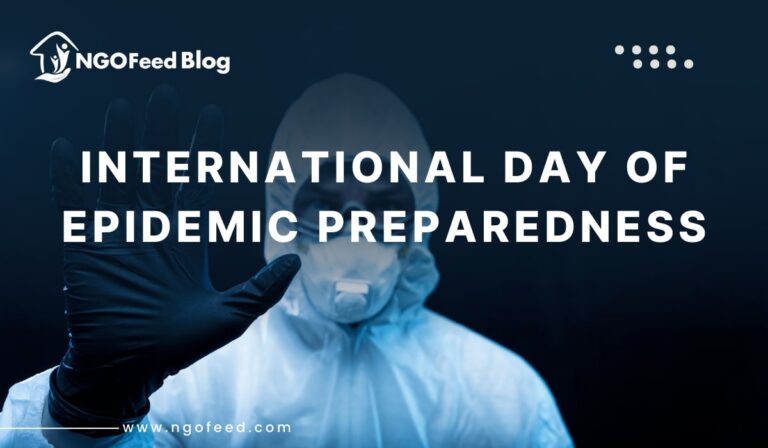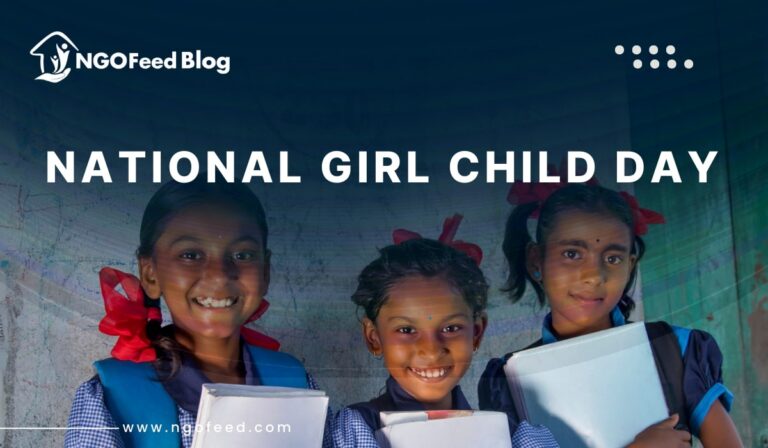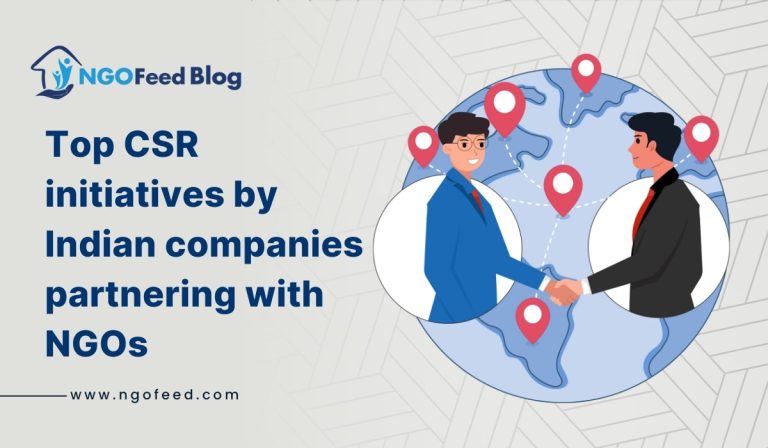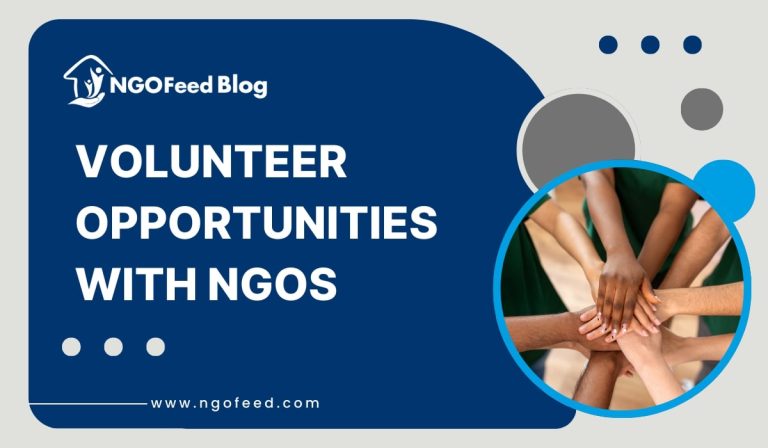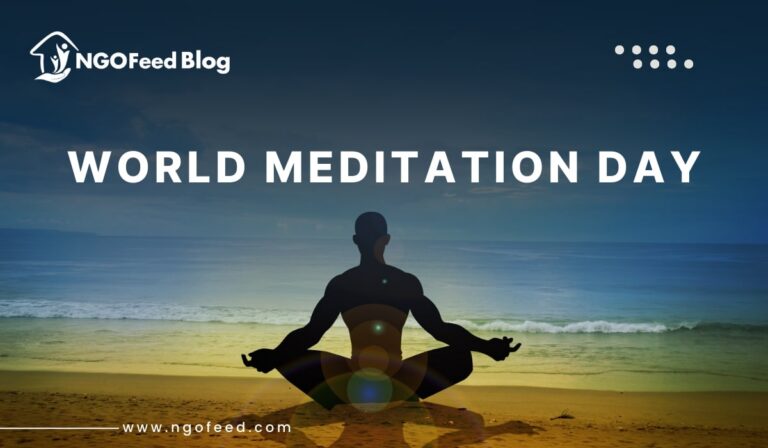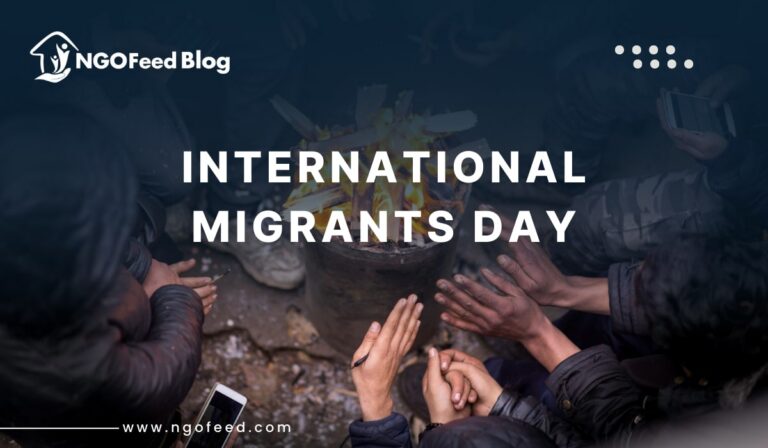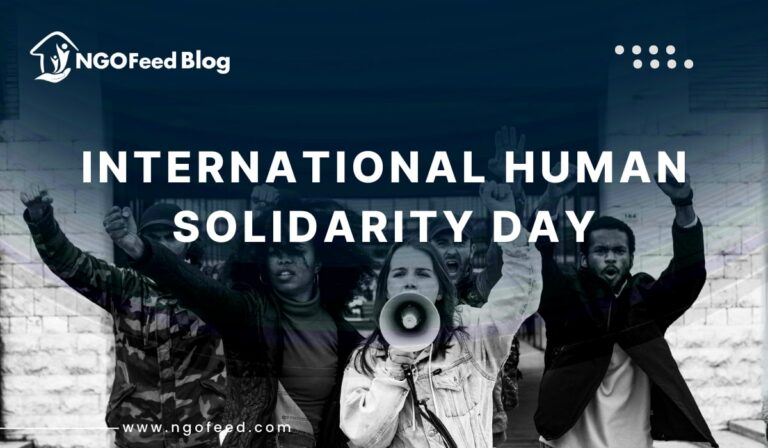World Suicide Prevention Day (WSPD) is observed annually on September 10. It is a worldwide initiative by the International Association of Suicide Prevention (IASP) and supported by the World Health Organisation (WHO). The day is intended to educate on suicide as a severe issue in the sphere of health and encourage global intervention to lessen the stigma of mental health plight. It is one of the top causes of death across the world, especially among youths, as no less than 700,000 people take their own lives annually.
The value of WSPD is that it makes individuals, communities, and governments act proactively to prevent them. Biological, psychological, social, and cultural factors tend to interact in complex ways and lead to suicide. A lot of lives can be saved by creating awareness, encouraging open discussions and reinforcing support systems.
Every year, WSPD is characterised by a particular theme on the basis of which awareness is disseminated, events are held in the community, educational activities are conducted, and policy debates are held. These endeavours focus on the importance of early intervention, access to mental health care, and shared accountability in building a world where people feel accepted and cherished.
Also Read: UNDP India Research on Poverty Reduction and Climate Change Adaptation
To remember those who have lost their lives, but also bringing hope, resilience, and the renewal of the commitment of the global community to reduce suicide rates and to enhance the mental well-being of all, World Suicide Prevention Day is an occasion to foster hope, resilience, and renew the commitment of the global community to halting suicide rates and improving the mental health of everyone.
Table of Contents
What is World Suicide Prevention Day and Its Significance
The International Association of Suicide Prevention (IASP), together with the World Health Organisation (WHO), sponsor the World Suicide Prevention Day (WSPD) on the 10th of September every year as a measure to highlight awareness about suicide prevention all over the world. The day was first established in 2003, and it is aimed at popularising awareness regarding suicide, which has remained one of the number one causes of death in the world. It is also a platform that can bring together individuals, communities, health organisations and governments in a joint effort to prevent suicide and encourage mental health.
The importance of the WSPD is the opportunity to attract attention to a delicate and, at the same time, pressing health problem. Suicide is usually shrouded in stigma, silence and misconception, and this does not allow them to seek help. Through celebrating this day, the society is urged to remove these barriers, create compassion, and have constructive dialogue on mental health.
WSPD is celebrated every year with a theme to put light on a particular area of suicide prevention, including hope, resilience, or support by the community. Activities such as awareness walks, educational events, candlelight vigils, and mental health events are held all over the world to demonstrate to the survivors that the world is with them and to honour the memory of the lost.
Key aspects of WSPD include:
- Creating awareness on suicide prevention around the world.
- Promoting mental-health dialogue.
- Lessening stigma and misconception.
- Support systems and early intervention.
- Memorising the lives lost and providing hope to the survivors.
Also Read: The Role of Greenpeace India in Environmental Research and Advocacy
The identification of these aims allows WSPD to encourage shared responsibility and action to lower the rates of suicide and create a caring and empathetic culture.
Suicide as a Global Public Health Challenge
According to the World Health Organisation (WHO), suicide is one of the most acute issues of the XXI century that takes away more than 700,000 lives annually. It is one of the top 20 leading causes of death in the world and the fourth leading cause of death in the young age group between 15 and 29. These numbers underscore the magnitude of the crisis, as well as the acute necessity of joint preventive measures.
Suicide does not happen as a result of one thing only. Instead, it results from a complex interplay of psychological, biological, social, and cultural factors. Mental disorders like depression or anxiety and substance use disorders are also factors that place people at risk, similarly to trauma and financial distress, discrimination or social support deficiency.
Although it is widespread, suicide is still surroundedby stigma and misconceptions. A good number of those at risk never seek help due to fear of being judged, ignorance, or simply access to mental health facilities. It is particularly difficult to prevent in low- and middle-income countries, as resources are limited, and cultural challenges silence mental-health discussions in most cases.
Important aspects of suicide as a population health problem are:
- High global mortality rates, especially among youth
- Complicated mental, social, and economic risks.
- Differences between the genders, with men being more vulnerable to suicide.
- Stigma and silence are in the way of timely support.
- Limited access to affordable mental health care worldwide
Also Read: International Rescue Committee Research on Refugee and Migrant Support in India
It takes the international community, better healthcare infrastructures, and commitment to mental health promotion as a universal right to address suicide as a global health problem.
Initiatives and Efforts for Suicide Prevention
Prevention of suicide is an international, national, and community responsibility and would need collective effort at the international, national, and community levels. Different initiatives and policies are designed to raise awareness, decrease stigma, and offer appropriate and timely assistance to the people at risk. Key efforts include:
Global Initiatives
Suicide prevention is a priority of the World Health Organisation (WHO), which embraces the Comprehensive Mental Health Action Plan 2013 to 2030, calling upon the countries to implement national plans and decrease the suicide rates.
Every year, World Suicide Prevention Day (WSPD) is sponsored by the International Association for Suicide Prevention (IASP) to carry out campaigns, awareness initiatives and advocacy programs.
National-Level Efforts
Several nations have opened suicide prevention policies and crisis helplines.
Such are the KIRAN Helpline in India (1800-599-0019) or the 988 Suicide & Crisis Lifeline in the United States that offer 24/7 professional help.
Community and Educational Programs
Schools, colleges, and employment settings are becoming more aware of mental health with the introduction of mental health awareness workshops and stress management initiatives and early-detection systems.
Mental health normalisation of conversations is assisted through peer-support groups and awareness campaigns.
Role of NGOs and Civil Society
The services of counselling, outreach, and community-based interventions are offered by NGOs.
They are very useful in accessing marginalised populations, whereby formal health systems may be insufficient.
Also Read: International Rescue Committee Research on Refugee and Migrant Support in India
Technology and Digital Platforms
The mental health resources are more accessible to the youth and remote communities due to mobile applications, online counselling, and digital campaigns.
It is through such combined efforts that attention is on the establishment of secure areas, diminishing stigma, and access to prompt assistance and eventually saving lives and fostering resilience.
Building Hope and Resilience: The Way Forward
The way to avoid suicide is to build a society in which mental health is in the first place, stigma is lessened, and people feel encouraged. In addition to short-term crisis management, long-term plans to cultivate hope and strength can help a lot. Such a future requires both individual and communal and global contributions.
Key pathways include:
Universal Access to Mental Health Care
- Expand affordable, stigma-free services.
- Provide greater training of professionals and build community-based support.
Early Intervention and Education
- Introduce mental health awareness programs in schools, colleges, and workplaces.
- Promote open dialogue to make seeking help a normal thing.
Strengthening Disaster-Prone Vulnerable Communities.
- Meet the demands of marginalised populations that are overrepresented by mental health hardships.
- Promote gender equality and inclusion in prevention strategies.
Also Read: CARE International Studies on Women Empowerment and Livelihood in Rural India
Harnessing Technology
- Utilise online resources, applications and crisis hotlines and contact individuals at any time and place.
- Close the digital divide to have equality in accessing online resources.
Global and Local Collaboration
- Promote government-NGO- civil society collaboration.
- Align efforts with Sustainable Development Goal 3: Good Health and Well-Being.
A world in which mental health is a discussed topic, where everyone has easy access to help, and everyone is empowered to break obstacles, is achievable through caring, being aware, and being innovative. By doing that, we will turn silence into dialogue, stigma into understanding and despair into hope.
Frequently Asked Questions (FAQs)
1. What is the reason that World Suicide Prevention Day takes place on September 10?
Every year on the 10th of September, the world celebrates the World Suicide Prevention Day (WSPD) as a way of creating awareness on suicide among people and encouraging prevention. The International Association of Suicide Prevention (IASP) first made it in 2003 together with the World Health Organization (WHO).
2. What is the World Suicide Prevention Day 2025 theme?
WSPD has a theme each year that places emphasis on such vital features of suicide prevention as hope, resilience, and community support. The 2025 theme is concerned with enhancing joint action to decrease stigma and encourage mental wellbeing.
3. What is the reason why suicide is a global public health challenge?
WHO states that more than 700,000 people commit suicide annually, so it is one of the top causes of death in the world. It specifically targets the youth between the age of 15 and 29 making it the fourth most common cause of death in the youth.
4. What can communities do to prevent suicide?
The communities can plan awareness campaigns, peer-support groups, decrease stigma, and make mental health resources available. Local programs can be critical in accessing the threat population.
5. So what can people do in order to prevent suicide?
Encourage open conversations about mental health.
Be empathetic and listen to those in distress.
Share helpline numbers and resources.
Volunteer with mental health organizations.
Promote kindness, inclusivity, and resilience in everyday interactions.



